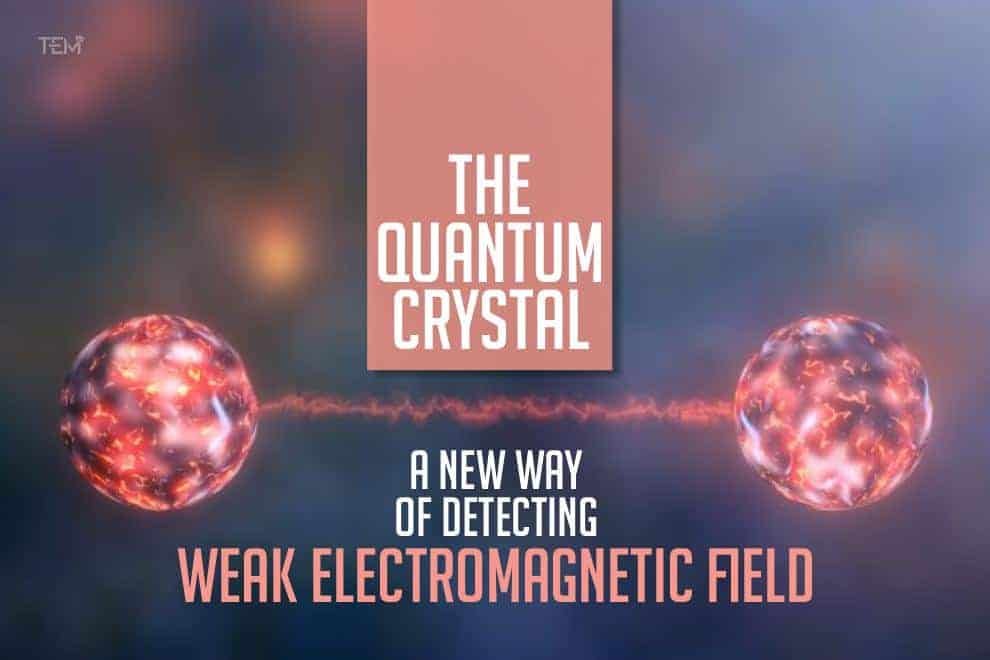Key Highlights:
- The quantum crystals can capture weak electromagnetic fields that can detect Axions.
- The quantum crystal starts to vibrate after coming in contact with the electromagnetic field.
- The entanglement of the motions of the beryllium ions with their spin helped researchers to measure the ultra-tiny fluctuations.
Quantum/Beryllium Crystals
The quantum/beryllium crystals have been designed by the researchers using ‘Quantum Mechanics’ to detect weak electromagnetic fields. This research has been done with the hope of detecting ‘Axions’. Axions are proposed ultralight dark matter particles having a much greater mass than an electron. Researchers suggest that these axions might produce weak electromagnetic fields that can be captured by the quantum crystal. The quantum sensors used earlier could not detect weak electromagnetic signals. Research is now moving towards creating a detector which will include more beryllium ions that might one day detect axions.
Creation of the Quantum Crystal
The research and invention of the quantum crystal was the brainchild of ‘Ana Maria Rey’ and her colleagues. Ana Maria Rey is an atomic physicist at JILA, a joint institute between the National Institute of Standards and Technology, and the University of Colorado Boulder.
The quantum crystal was created by trapping 150 charged beryllium ions/particles through electrodes and magnetic fields. This resulted in the atoms getting assembled into a flat sheet forming a crystal. This crystal produces vibrations when it comes into contact with an outside force. The movement of the crystal was used as a measurement of the field strength.
However, the measurement of the displacement or the movement of the ions could not be used to identify the position and momentum of the particles because of the ‘Heisenberg Uncertainty Principle.‘ This principle states that “Measurement of the displacement or the movement of the ions would be subject to limits and contain a lot of quantum noise”. This limitation was overcome by using the entanglement of the motions of the beryllium ions with their spins. The method used was to send a weak electromagnetic wave to the quantum crystal causing the vibration of the beryllium ions. This entanglement reduced the quantum noise, allowing them to measure ultra-tiny fluctuations in the crystal. Daniel Carney, a theoretical physicist at Lawrence Berkeley National Laboratory in Berkeley, California, mentioned in his conversation with Live Science that this quantum crystal could also detect electromagnetic fields from stray wires and defects in materials.
Also Read:- Celebrating the 10 Famous Scientists of All Time










